NVIDIA Files Patent Infringement Complaints Against Qualcomm & Samsung
by Ryan Smith & Jarred Walton on September 4, 2014 9:00 PM EST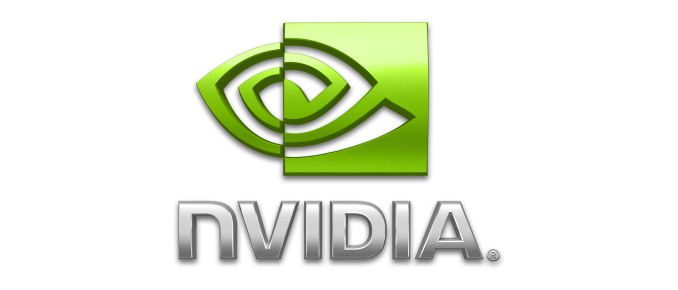
In a surprising move this afternoon, NVIDIA has announced that they will be filing patent infringement complaints against both Qualcomm and Samsung. This complaint is centered around the alleged use of NVIDIA patented GPU technologies in both Qualcomm and Samsung’s SoC’s and the unwillingness of the respective companies to enter in to a licensing agreement. NVIDIA has filed complaints with both the US Federal Court and the International Trade Commission, and in the case of the latter is seeking an injunction against Samsung to prevent them from shipping several recent products, including the Galaxy S5, Galaxy Note 4, and Galaxy Edge.
Starting from the top, NVIDIA is of course no stranger to high profile lawsuits. However those suits are typically on the defensive side, such as the company suing Intel over the loss of rights to make chipsets for their products, or being sued by Rambus over the use of DDR signaling. This suit by comparison is unabashedly offensive – one NVIDIA calls the first time they have ever initiated a patent lawsuit – with NVIDIA going to the courts arguing that their GPU patents are being violated and seeking a resolution and compensation for those violations.
The use of patent infringement suits in the technology space is nothing new, and even in the GPU space they’re somewhat common. NVIDIA in particular is still the 800lb gorilla of the GPU world by patent portfolio size (and arguably by GPU R&D), so how they interact with other companies tends to depend on the size of those companies and what patents they have in turn. In the PC space NVIDIA and AMD have relatively strong cross-licensing agreements – AMD being the next largest GPU developer – followed by Intel who settled a suit out of court with NVIDIA 3 years ago over continued access to NVIDIA’s patents.
In the mobile SoC space however there are a much larger number of GPU manufacturers, and overall there is still a certain “wild west” aspect to patent licensing and infringement. On top of the larger number of GPU manufacturers there are even more companies involved once you discuss integration. In this case an Imagination PowerVR GPU may be licensed by an SoC integrator such as MediaTek, who in turn will sell the complete SoC to the device manufacturer such as HTC. In which case it’s not at all clear who is responsible for patent licensing, or indeed if parties are responsible at each and every step.
This leads us to today’s suit against Qualcomm and Samsung, as it’s based around both alleged patent infringement and arguments about who’s ultimately responsible for those infringements. As far as patents go NVIDIA is going to the courts with a number of patents, with some patents going as far back as the GeForce 2 era and even patents first devised by 3dfx (before NVIDIA acquired them). At first glance these appear to be technologies that are fundamental to modern GPU designs, in which case it is admittedly difficult to imagine other GPU designs not infringing on these patents.
One such example is called the ‘063 patent, which involves on-chip tiling and early visibility testing, and was first developed by a company purchased by 3dfx. This is a technique that all modern GPUs implement in some form, though these days the methods are much more advanced.
"The ʼ063 Patent was directed to this technology, which combined on-chip tiling with early visibility testing in the graphics pipeline. All of Samsung’s mobile products use GPUs that implement this patented invention."
As is the case whenever anyone files a patent infringement suit, NVIDIA is telling the press and investors that they believe they have a strong case with ample evidence of infringement. The company ultimately believes that they would be victorious in court, though in many of these technology patent suits we see the involved parties settle out of court before any trial reaches its conclusion. Meanwhile if the case does go to trial, then NVIDIA has requested a full jury trial rather than a trial by judge.
Along with NVIDIA’s patent infringement claims, a big part of NVIDIA’s case will rest on allegations that Qualcomm and Samsung actively know about at least some of this infringement and have refused to settle the matter before now. NVIDIA’s claim notes that the company has been attempting to reach a license agreement with Samsung and Qualcomm since 2012, and that today’s suit is a result of their inability to come to an agreement over the last 2 years. Consequently because NVIDIA has been talking to these companies since 2012, they assert that this means that Qualcomm and Samsung have known about this infringement since NVIDIA presented their patents and proposed licensing agreement, meaning they have been willfully infringing on at least some of the involved patents over the last 2 years.
Complicating the matter is the question over who is responsible for patent violations. NVIDIA’s complaint alleges that Samsung believes this to be a supplier problem – that any patent violations are the responsibility of the company who designed the GPU, be it Qualcomm, Imagination, or ARM. As a result Samsung is unwilling to settle, and for that matter Qualcomm is no more willing to settle than Samsung is, though the complaint does not make it clear whether this is a disagreement over the patent claims or a belief that it’s the customer’s (Samsung’s) problem.
Ultimately this suit is focused around Samsung, as Samsung is both a device integrator and the manufacturer of the Exynos line of SoCs. Meanwhile because Samsung also uses Qualcomm’s Snapdragon SoCs in a number of products (including the North American editions of many phones), Qualcomm is being collared in to the suit on the basis that they are supplying some of the infringing GPUs.
This suit is not limited to just Qualcomm’s Adreno GPUs however, and also extends to ARM Mali and Imagination PowerVR GPUs as well, as Samsung has used both of those GPU families in their various Exynos designs. Overall NVIDIA believes that the Adreno 200, Adreno 300, and Adreno 400 families all violate NVIDIA’s patents, while the Mali-T628 and the PowerVR SGX (Series 5) are also explicitly named in claims.
As a result virtually all of Samsung’s modern products are affected by this suit. As part of their request for relief, NVIDIA is asking that the ITC prevent Samsung from importing products using the infringing SoCs, which would include all of Samsung’s latest products including the Note 4 and its Edge variant, the Galaxy S4 and S5, and the latest Tab tablets. As Qualcomm’s SoCs are among the accused products, this injunction would presumably extend to Snapdragon imports as well, which given Qualcomm’s heavy presence in high-end phones and tablets in the United States would make the final list of affected products far larger. However it should be noted that immediate injunctions are very rare, so it’s unlikely that an import ban would go into effect before the conclusion of the trial (if it even makes it that far).
Meanwhile in the Federal Court complaint, NVIDIA is asking for both unspecified damages (i.e. a monetary reward) and for further injunction to prevent Samsung and Qualcomm from infringing on NVIDIA’s patents. Though once again the real goal here seems to be about forming a licensing agreement rather than preventing Qualcomm and Samsung from shipping SoCs.

One of the accused infringing products: Samsung's Galaxy S5
One of the big questions of course is why NVIDIA is going after these two companies in particular, especially since they are essentially claiming that ARM Mali, Imagination PowerVR, and Qualcomm Adreno GPU families all infringe on some of these patents. The answer in turn from NVIDIA is that Samsung is the largest phone supplier in the United States, and Qualcomm in turn is the largest SoC provider while also providing the SoCs for most of those Samsung phones, so it makes sense to start at the top. NVIDIA is not talking about further legal action at this time, but the outcome of this case could have an impact on whether NVIDIA targets the suppliers (e.g. ARM and Imagination) or goes solely after additional customers and their ilk. Ultimately who is responsible for this infringement – can and should Qualcomm indemnify their customers against infringement claims like these – may be just as important as the alleged infringement itself.
Which on that subject, as part of their claims NVIDIA also points out their existing license agreement with Intel. In this NVIDIA notes that their Intel agreement covers all SoCs and CPUs shipped by Intel, including those incorporating Imagination’s PowerVR GPUs. So in the case where the SoC integrator is responsible, their licensing agreements would seem to cover any infringement regardless of who designs the infringing GPU.
Wrapping things up, at this time Qualcomm and Samsung have yet to respond to this suit. However given the scale of the suit, the complexity of the underlying technology, and the vast number of products involved, barring a quick out of court settlement this is expected to be a case that could go on for years. And even longer if it goes to appeals and/or triggers counter-suits. Altogether the ITC should have an initial response to the filing within 35 days, and if no settlement is reached the expected court date is in 2-3 years. To that end today's suit from NVIDIA will be the start of a much longer process for Qualcomm, Samsung, and the larger GPU industry as a whole.
Source: NVIDIA


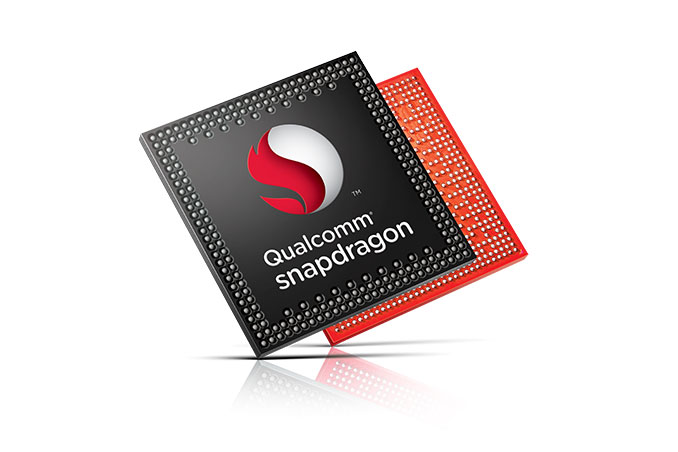
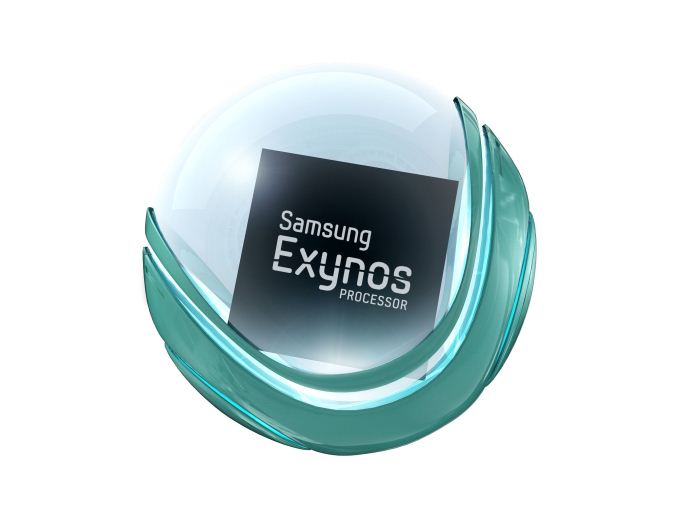
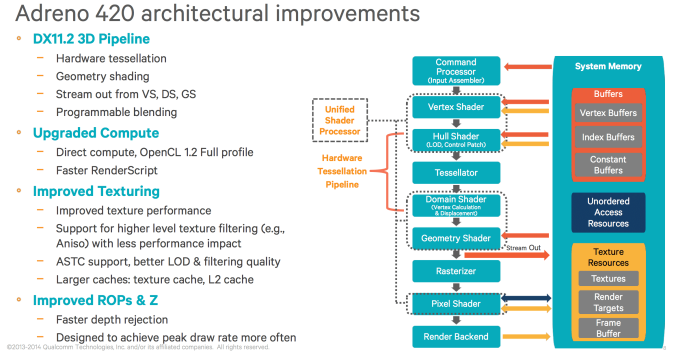
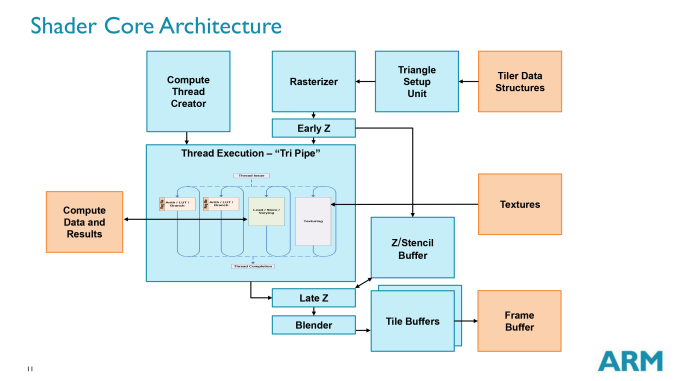
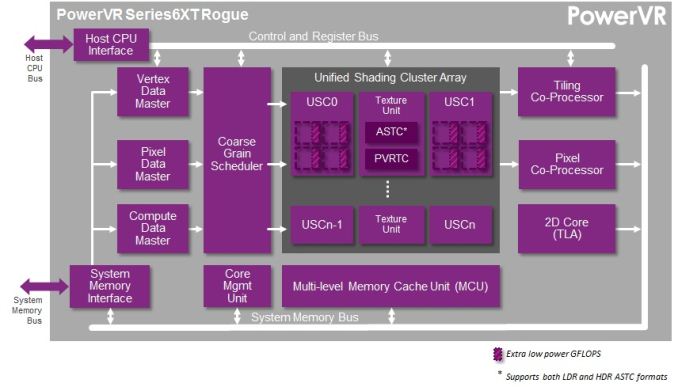








77 Comments
View All Comments
lilmoe - Thursday, September 4, 2014 - link
Why Samsung? Why not the vendors of the respective GPUs?If Samsung is guilty of using a CPU they "licensed" from ARM, why aren't they going after everyone using Mali and PowerVR?
hahmed330 - Thursday, September 4, 2014 - link
I thought of something... Maybe in exchange for dropping the lawsuits against Samsung nvidia instead of settling for cash or even a licensing agreement... Samsung decides to use GeForce GPU or even their iteration modem for their exynos processors... Stealing marketshare by ligitation instead of making a quick buck or forcing licensing agreements...saliti - Thursday, September 4, 2014 - link
I think Samsung had some deal with Qualcomm about only using Snapdragon in their phones/tablets. This means Nvidia will have no chance of getting Tegra into Samsung phones, which means Tegra will fail no matter how good they are. Qualcomm/Amd is also using Samsung fabs. I think Nvidia wants to settle by getting Tegra into Samsung phones.xrror - Thursday, September 4, 2014 - link
I haven't dug into the patent tree yet, so I must disclaim that the following comment might be entirely baseless. However those with a sense of hardware humo(u)r and history I hope this at least give a bit of a chuckle:Bitboys Oy !
Broken - Thursday, September 4, 2014 - link
Yeah, but as far as I can remember, they never put out a product, just stole investors money...aryonoco - Thursday, September 4, 2014 - link
Going after ARM and the Mali line is going to be difficult for NVIDIA from a relationship point of view. After all NVIDIA licenses both the SoC and the ISA from ARM. ARM could seriously hurt NVIDIA if they were to severe relationships with them.Apple poses similar problems. Sure they don't use any NVIDIA technology in the iPhone, but they still ship a good number of NVIDIA GPUs in their Macs. The margins on these GPUs is very high, compared to the money that the Tegra unit makes. So again, it's difficult to sue one of your most important customers.
NVIDIA has no direct relationship with Qualcomm or Samsung, so they are easy choices to sue. But after that, it gets more difficult. And if NVIDIA is serious about integrating LTE modems into its SoCs with the Icera stuff, well then, expect to pay a handsome money to Qualcomm, as they pretty much own all the patents that can be found in that space!
Communism - Friday, September 5, 2014 - link
Excellent observation! :Djerrylzy - Friday, September 5, 2014 - link
Nice points!TheJian - Saturday, September 6, 2014 - link
Qcom just had a lawsuit started against them by EU and Icera is mentioned as the competition they tried to harm. Not sure NV would have to pay a dime, and if the suit goes against Qcom, not sure they wouldn't have to pay NV at some point over the icera situation. The point of buying a modem company is to get out of paying all kinds of patents at least to some extent. They already integrated into T4i though we're still waiting on products with it. It seems they gave up on the low end so it may never see the light of day. I do think we'll see a Denver phone, just not sure if it will have icera in it or not. Denver should drop the power on the cpu side and no doubt they'll optimize the gpu side a big by then also (another 5-6 months of work into that chip past K1). I'd be surprised if we didn't see at least a few high end models with K1 of some variety in them, but not too surprised if it contains another vendors modem with it. The nexus in two months will put people on notice as to who is the gaming king for a while. S805/S810 won't change this, so if you're selling a gaming oriented device you're going NV I'd think. As modems shrink you'll be able to use any gpu with them and it won't be so important to have it integrated if gaming is #1 on users minds. Handy to have them integrated in a junker model to cut costs, but not so much in a $400-700 high end model where a few bucks means nothing.But yeah, going after ARM or even IMG.L when there can be no huge payout anyway seems pointless. ARM's last quarter being bad was DUE to the GPU sucking wind according to them. So no point in suing losers who already show signs of not keeping up (ARM I mean, never mind IMG.L who can't crack 100mil profits). As desktop gpus take over everyone will be eating NV (and hopefully soon AMD) dust yearly. The decade of modems is over, now it's the decade of gpus. I can't even watch a 720p movie without hitting a 2GB cap, so party over until everyone is unlimited and I don't see mobile companies doing that anytime soon.
I don't think NV is worried about pissing off apple though. For the same reason Apple doesn't care about pissing off samsung. They need each other anyway, or AMD would be the only choice and many times that isn't desired especially in workstations for pro apps. NV owns 80%+ of that market for a reason and apple can't ignore that just like samsung can't ignore how many phones apple sells netting them Billions in profits whether they hate them or not you take the money.
Macs only have 10% market anyway, and it's not a huge part of NV's business in the small amount using NV. Having said that, I think you sue the biggest fish AFTER you seal the case on the smaller one with less interest between you (as you noted, no ties to samsung/qcom yet). Prove the case first on sizable fish that will net some bank, then get the rest to settle or use the proven case on the ones that choose not to settle. Not to mention these two are direct competition (they both make socs, Qcom being #1) and one (samsung) has phones/tablets you want into (#2 in mobile 2nd only to apple profit wise) and fabs that can be negotiated over also. Good choices to sue IMHO assuming you have a case.
Khato - Friday, September 5, 2014 - link
Definitely an interesting move by NVIDIA. One which is likely motivated by Samsung burning them on a product design win in favor of Qualcomm. I also wouldn't be surprised in the least if NVIDIA's competition is being uncooperative/unreasonable with respect to licensing as the mobile landscape seems to prefer 'cold war' type patent stand offs rather than the reasonable cooperation that we're used to in the PC space. Which is why I fully expect Qualcomm to fire back at NVIDIA on the modem side somehow - aka I'd guess that NVIDIA was looking to enter into a cross-licensing agreement with Qualcomm that would basically boil down to graphics for modem.